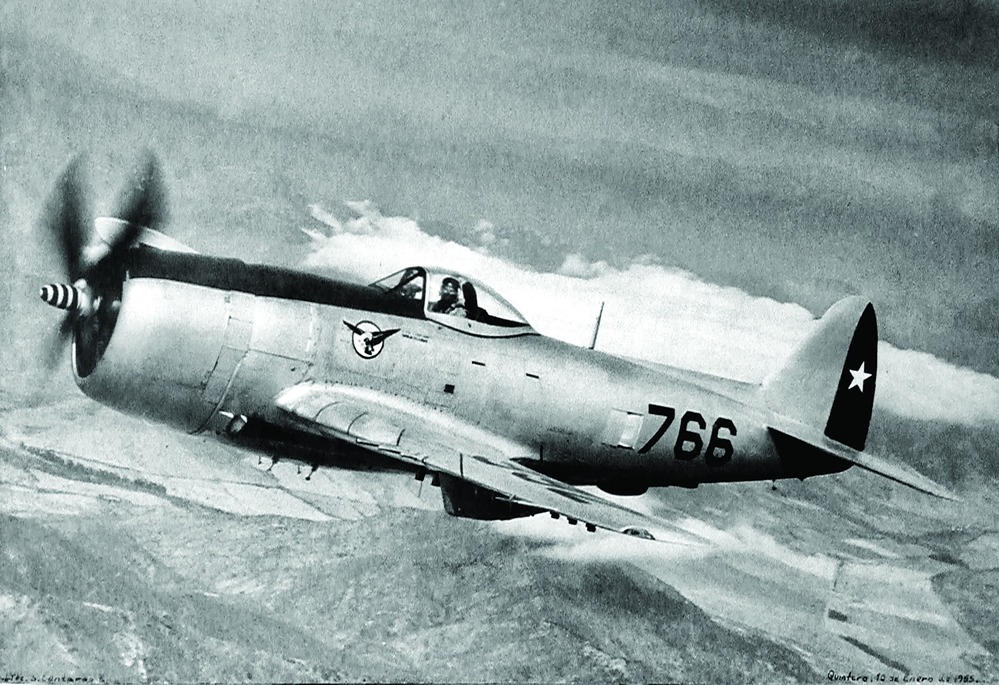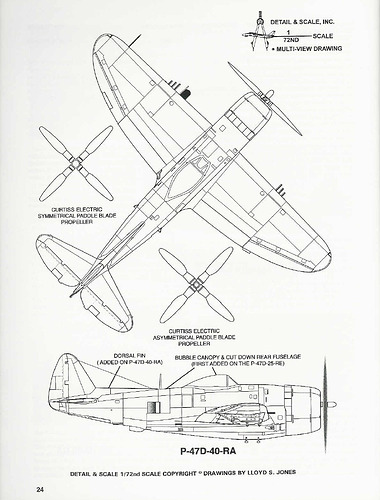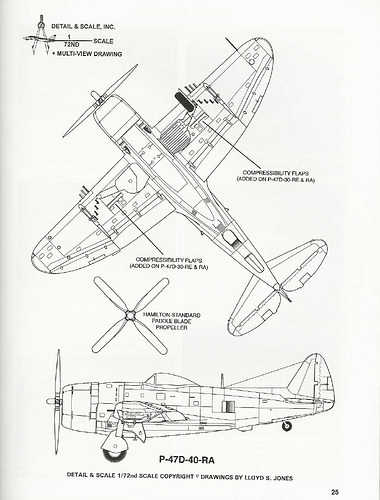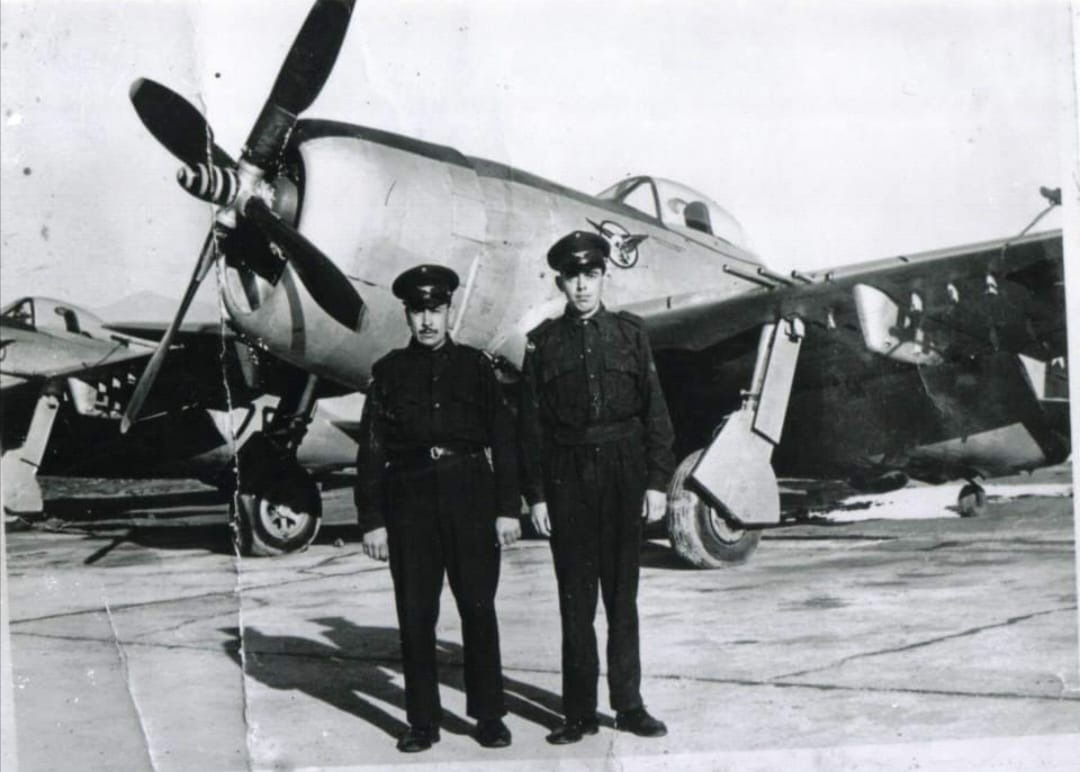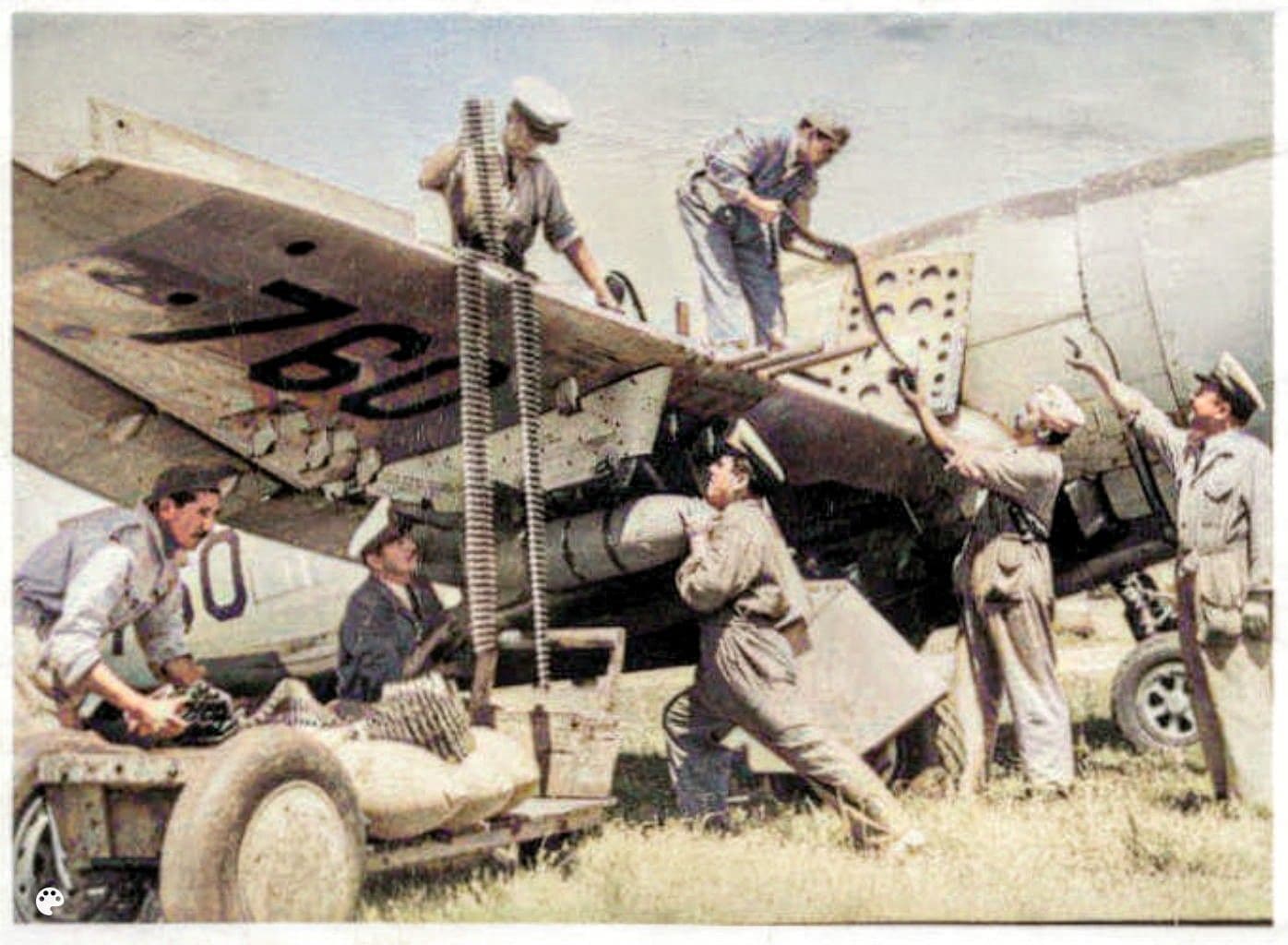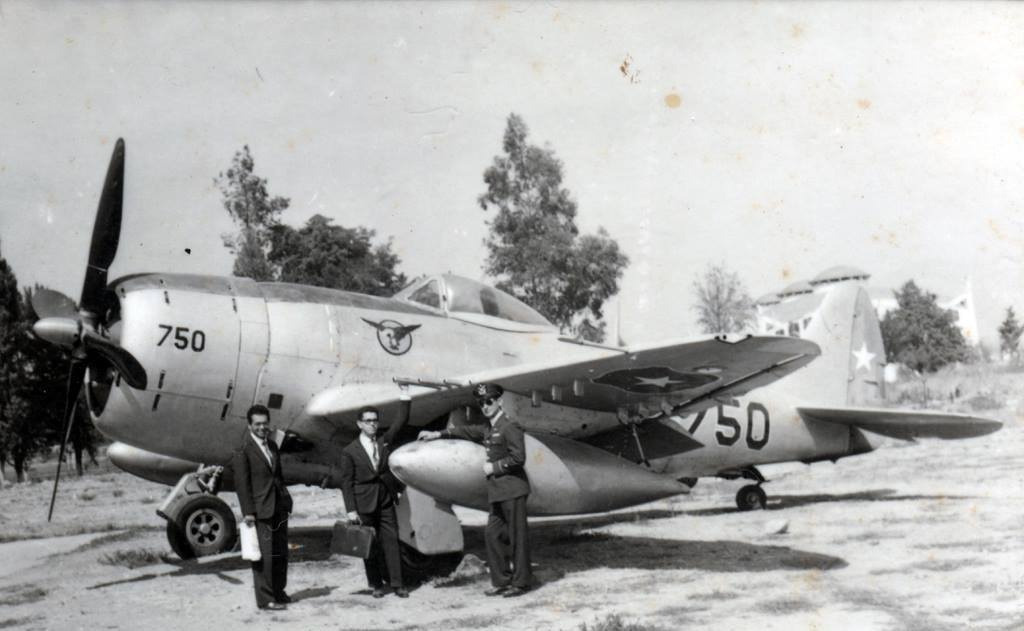- Yes
- No
Republic P-47D-40-RA Thunderbolt
History:
The P-47 Thunderbolt was the largest and heaviest fighter used during World War II and was also used by the USAF as a fighter-bomber because it could carry a large load of bombs and rockets, its armament of 8 12.7 mm machine guns also made it lethal so it was successful during the war and widely used until the end of the war, because it served between 1941 and 1945 it had multiple versions ranging from the P-47B to P-47N, each version better than the last. In this suggestion i will focus on the P-47D-40-RA version which was the last and best of the D versions.
As mentioned above, there were different versions of the P-47, and within these there were blocks, the D variant being the most produced and the one with the most blocks, with a total of thirty-three production blocks. The P-47D-40-RA, which was the last block of the D variant, was totally different from the first version, the P-47D-1-RE. The RE suffix was used by the P-47s built at the Farmingdale plant, while the RA suffix was used for those built at the Evansville plant.
The P-47D-40-RA being the last and best variant of the D series had all the improvements of the previous variants, some of these inherited improvements are: Bulging keel with provisions for carrying an additional fuel tank or bomb, water injection to increase engine power, reinforced wings to carry more weight, improved heating in the cabin, propeller with wider blades that offered greater performance, electrically operated bubble canopy for the pilot, Increased internal fuel capacity to 370 gallons, increased water tank for the water injection system to 30 gallons, compressibility flaps under each wing at the 30-percent chord line just aft of the main gear doors.
The final production P-47D-40-RA block had the capability to carry five rocket launchers under each wing of the HVAR model instead of the triple-tube M8 rocket launchers used by earlier blocks, this block introduced this capability from the factory and some earlier block P-47Ds were subsequently supplied with kits to add this capability, though most continued to use the triple-tube rocket launchers.
Another of the factory improvements introduced in the final block was the dorsal fin that gave more stability to the fighter, improving its flight performance and reliability. As with the rocket launchers, the dorsal fin was added in some previous blocks, mostly in the P-47D-30, although not in large quantities. Another difference that may go unnoticed is the type of propeller blade, as there were three different models, but those used by the Chilean P-47D-40-RA were the asymmetric Curtiss Electric model, although the performance did not vary much between one and the other.
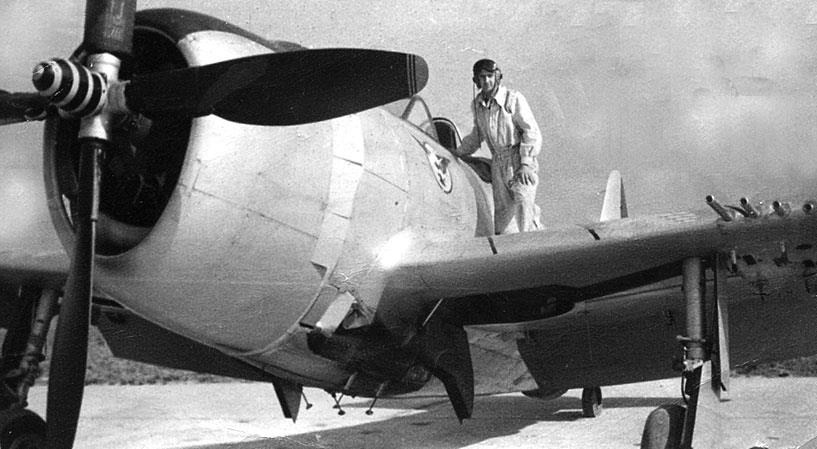
An AN/APS-13 tail warning radar antenna was added to the vertical tail fin which alerted the pilot of other aircraft approaching from behind, this tail warning radar was only implemented in this block of the P-47D and later also used by more advanced versions such as the P-47N. The last of the improvements was the replacement of the Mk.VIII gunsight with a new and more advanced K-14 gunsight that would also be used by the P-51 Mustang fighter.
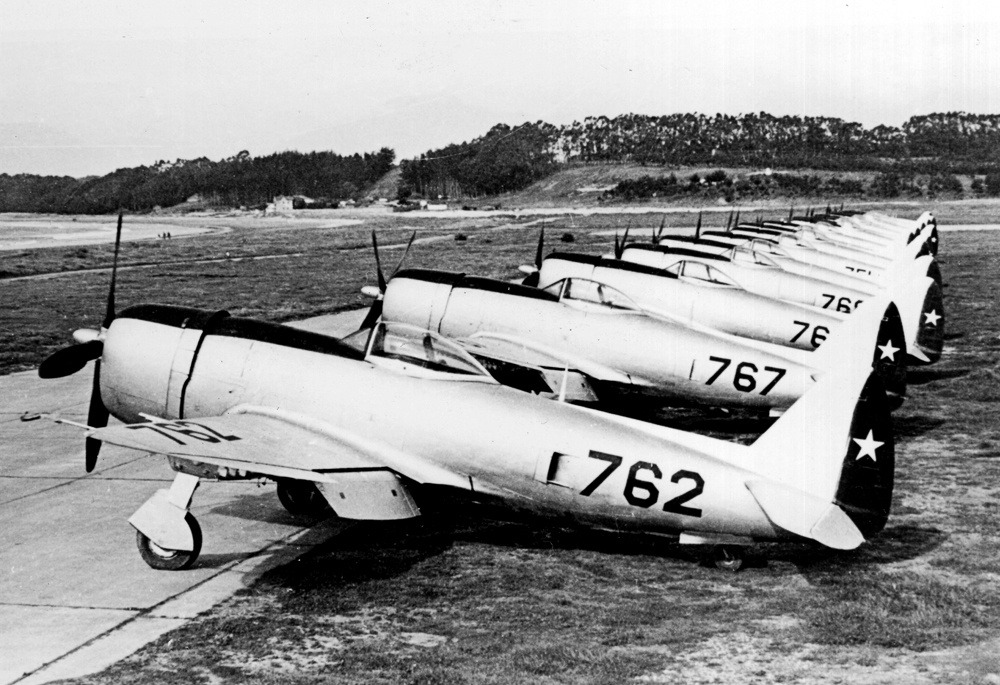
The history of the P-47D Thunderbolt in Chile begins on July 1, 1946, when a USAAF P-47D squadron arrived in Chile to demonstrate the capabilities of these aircraft as part of a project to help improve the combat capabilities of the South American air forces. At the end of 1946, a course was organized for FACH pilots, with the first pilots graduating in January 1947. In September of that year, six aircraft were transferred to the FACh, followed by another six aircraft in October of that same year. The twelve aircraft, registered numbers 750 to 761, were assigned to the 11th Aviation Group. Subsequently, due to several losses of these fighters in 1953, 10 additional aircraft were acquired. By 1957, only a dozen aircraft were airworthy, which led to their operational decommissioning on December 31, 1958. Fortunately, the last P-47D-40-RA, number 750, can be found in the Chilean Aeronautical and Space Museum.
The armament used by the Chilean P-47D-40-RA was standard for these fighters, consisting of the aforementioned eight 12.7 mm M2 Browning machine guns located four in each wing, they also had 1000, 500 and 250 lb bombs and up to 10 HVAR rockets under the wings. In Chile, supplementary 150-gallon tanks were also available, allowing the fighter to extend its flight time.
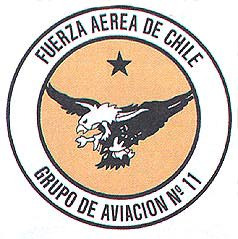
It is important to highlight that of the total of 22 P-47Ds acquired by Chile, 21 of them were of the P-47D-40-RA model and only 1 was of the P-47D-30-RA model (Serial 44-90193).
Aesthetically, the Chilean P-47Ds had their shiny silver metallic paint and the black stripe above it. They also had the insignia of group number 11 on the front of the fighter near the pilot. On the wings they had the Chilean Air Force cockade and the number that had been assigned to them. Finally, in the rear area they had the corresponding number and on the tail the blue stripe with the solitary star characteristic of the FACH.
Republic P-47D-40-RA Thunderbolt of the 11th Aviation Group, Quintero, 1954
Specifications:
- Crew:
- 1
- Armament:
- Primary: 8x 12.7mm M2 Browning machine guns
- Secondary:
- Bombs: 2x AN-M65 1000 lb bombs, 3x AN-M64 500 lb bombs, 3x AN-M57 250 lb bombs
- Rockets: 10x HVAR rockets
- Dimensions:
- Lenght: 11.02 m
- Wingspan: 12.43 m
- Height: 4.47 m
- Weight empty: 4,536 kg
- Max Takeoff Weight: 7,938 kg
- Performance:
- Powerplant: Pratt & Whitney R-2800-59 or R-2800-63, 2550 hp combat mode
- Maximum Speed: 714 km/h
- Initial rate of climb: 14.1 m/s
- Service ceiling: 12,500 m
Photos:
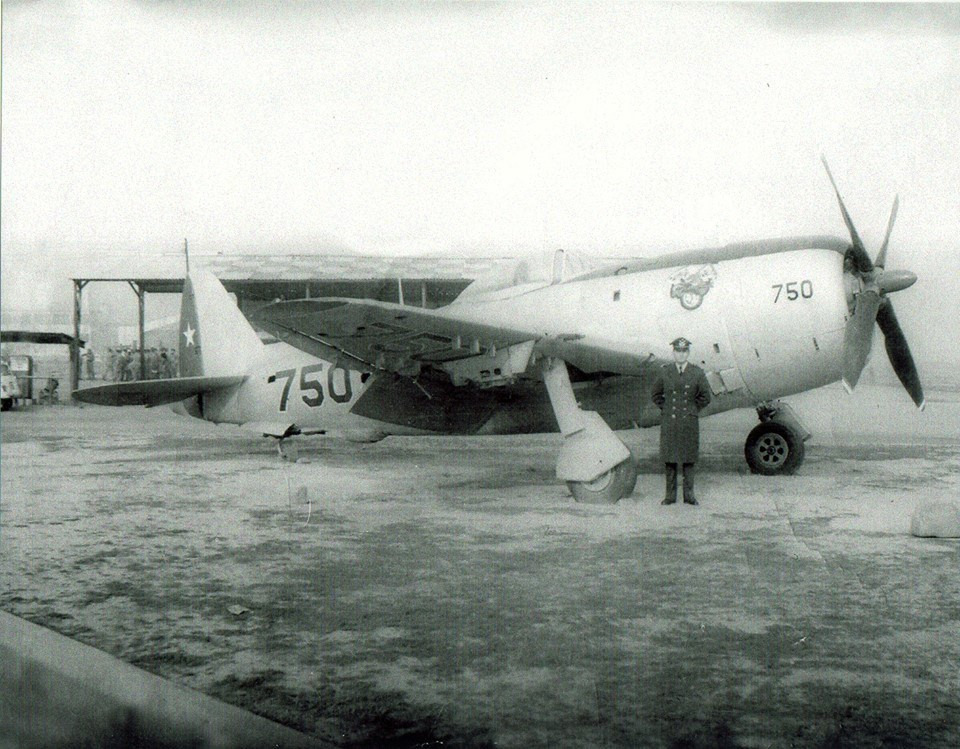
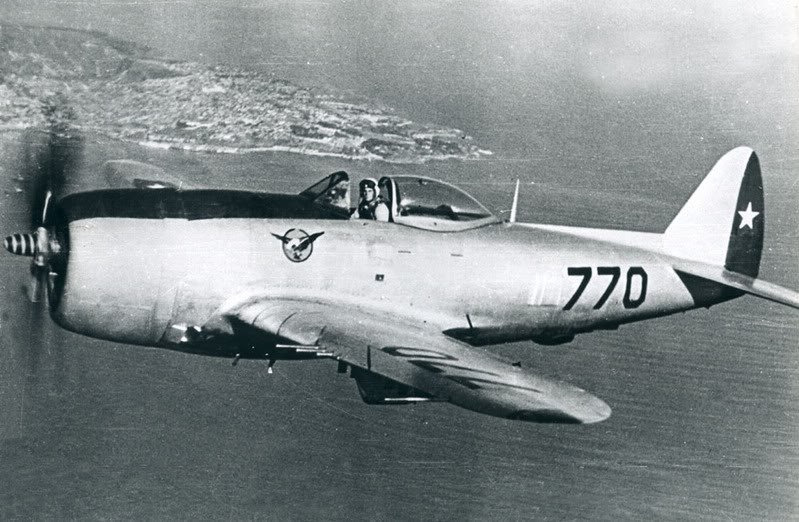
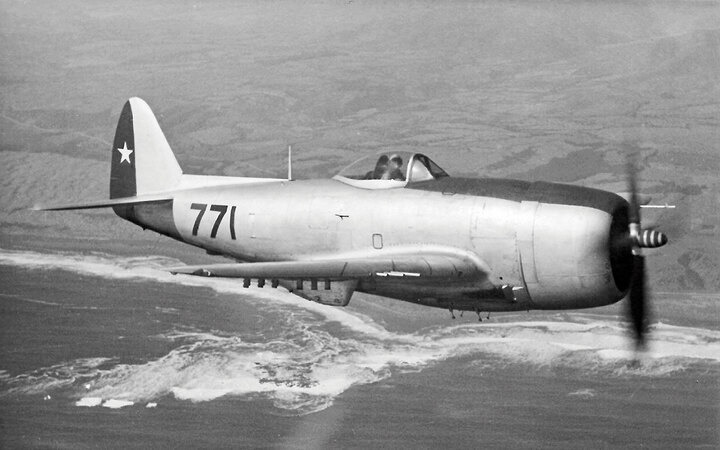
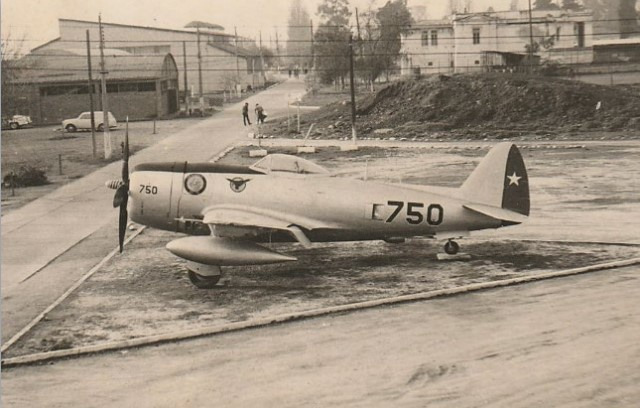
Sources:
- https://fach.mil.cl/fach/documentos/biblioteca-del-aviador/tercer.pdf
- http://cgibin.rcn.com/jeremy.k/cgi-bin/gzUsafSearch.pl?target=&content=+P-47D-40-RA
- P-47D-28 | War Thunder Wiki
- P-47 Thunderbolt in Detail and Scale Vol.54 (1998)
- P-47 Thunderbolt in Action - In Action No. 208 (2007)
